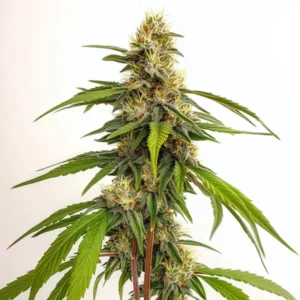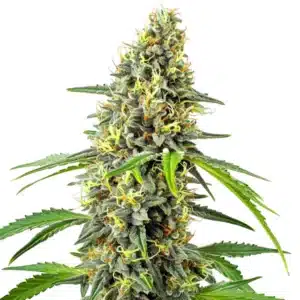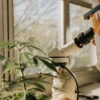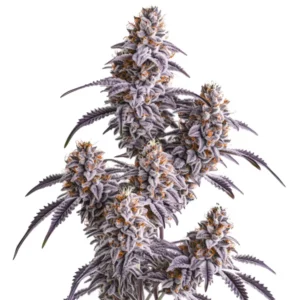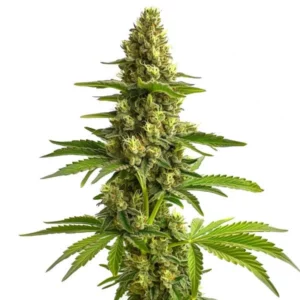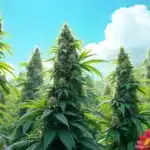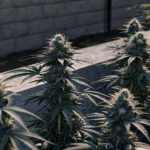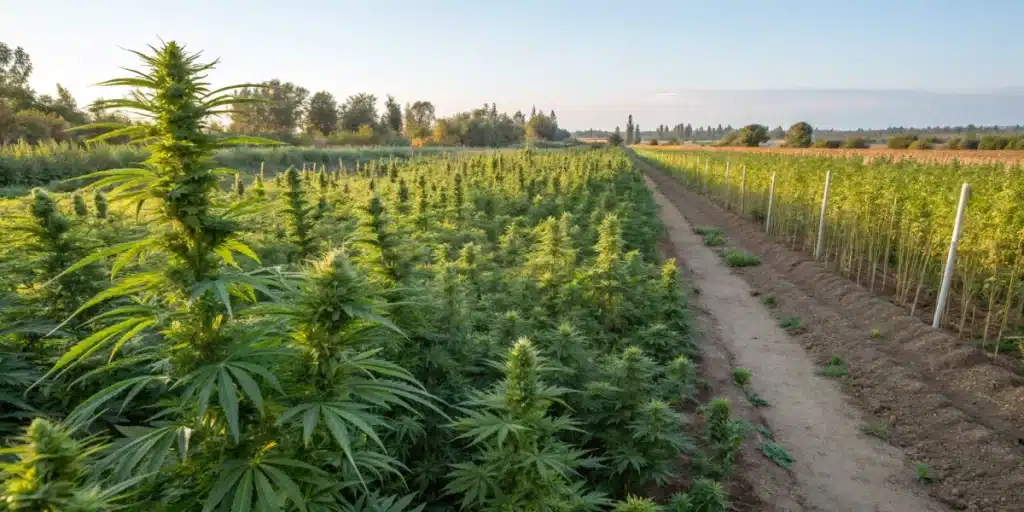
When Does Cannabis Start Flowering Outdoors? Timeline
Many growers often ask, “when does flowering start outdoor?” as it is essential for planning a successful garden. Knowing this timing helps maximize yields and allows for timely adjustments in nutrient management.
A clear timeline combined with environmental insights answers the persistent query. This knowledge not only guides planting schedules but also informs adjustments as the days shorten. Overall, understanding the outdoor flowering timeline is key to a thriving garden.
Recommended Strains
Fat Bastard
|
|
THC | 30% - 38% (High) |
|
|
Type | Feminized |
|
|
Yield | High |
|
|
Phenotype | 50% Indica / 50% Sativa |
Fat Bastard Auto
|
|
THC | 30% - 38% (High) |
|
|
Type | Autoflowering |
|
|
Yield | High |
|
|
Phenotype | 50% Indica / 50% Sativa |
When Does Flowering Start Outdoor? Photoperiod and Day Length Explained
The concept of photoperiod is central to cannabis cultivation outdoors. Plants rely on the natural cycle of day and night to signal the transition from vegetative growth to the beginning stages of weed flowering. By monitoring the day length, cultivators can predict the onset of flowering.
Seasonal shifts and weather patterns influence these signals. Growers must stay alert to local trends and seasonal forecasts to pinpoint that critical moment.
When Does Flowering Start Outdoor? Effects on Growth
The timing of flowering directly affects the plant’s ability to allocate energy toward bud production. A well-timed transition enhances overall yield and cannabinoid content.
Adjusting feeding and watering schedules during this change optimizes the plant’s natural shift to bloom.
Promos & Deals
Typical Flowering Calendar by Region
Outdoor cannabis cultivation varies significantly by region. In many areas, factors like climate and geographical location influence the flowering calendar. Regions with shorter growing seasons demand extra attention before the first frost.
For instance, growers in Ohio and New York experience different timelines. Local weather conditions and microclimates play a decisive role in determining the flowering onset.
Regional Timelines: A Closer Look
When Does Cannabis Flower Outdoor in Ohio
In Ohio, outdoor growers typically notice the start of flowering during early to mid-summer. The warmer summer days allow cannabis plants to accumulate energy quickly, triggering the flowering phase once day length begins to decrease.
Gardeners in Ohio often monitor temperature and humidity closely to fine-tune their cultivation practices. This proactive approach helps ensure that the transition to flowering is smooth and that the plants reach their full potential before the onset of cooler weather.
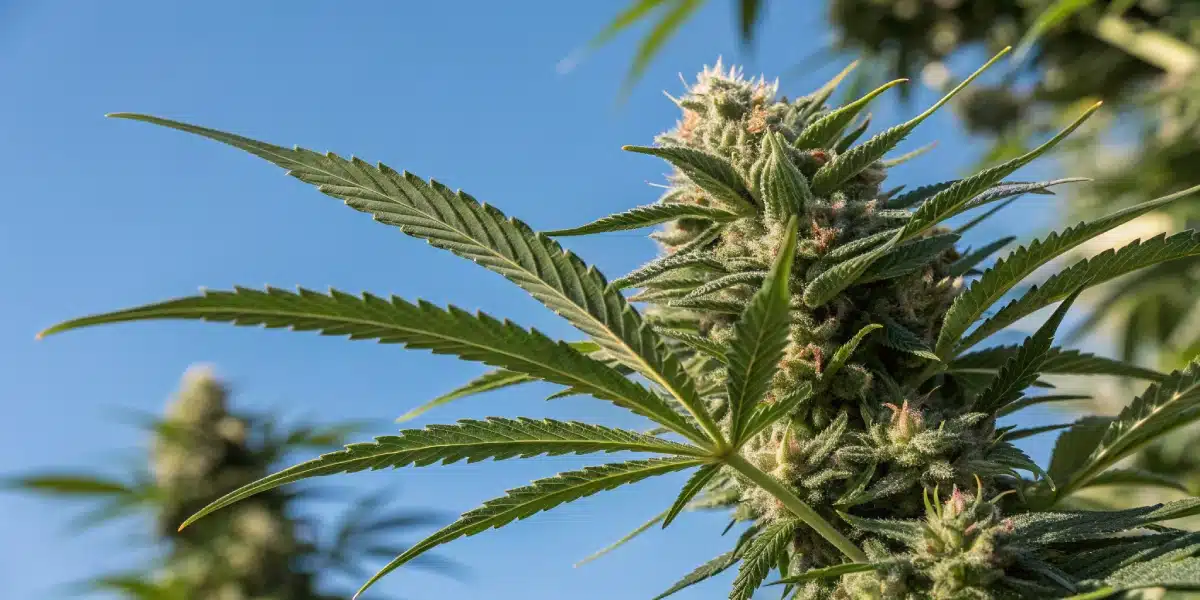
When Does Flowering Strat Outdoor in New York
In New York, the flowering onset is usually observed later compared to warmer regions. Cooler temperatures and shorter growing seasons mean that cannabis plants take a bit longer to accumulate the necessary energy for flowering.
Cultivators here keep a close eye on local weather patterns and day length, adjusting their nutrient and watering schedules accordingly. These practices help optimize the flowering phase even in less predictable conditions.
When Does Flowering Strat Outdoor in Los Angeles
Los Angeles offers a unique growing environment where milder temperatures and extended daylight hours can lead to a prolonged vegetative stage. However, as days gradually shorten, even these resilient plants transition into the flowering phase.
Local growers benefit from the generally warm climate, which supports a consistent flowering period. Monitoring natural light and adjusting care routines enables cultivators to make the most of the extended growing season.
When Does Cannabis Flower Outdoor in Denver
In Denver, the higher altitude and variable temperatures create a unique flowering timeline. Cannabis plants may begin flowering earlier than expected due to rapid changes in day length and cooler evening temperatures.
Gardeners in Denver often implement early interventions, such as adjusting nutrient schedules and using protective measures against sudden weather changes, ensuring that the flowering stage is both productive and resilient.
When Does Cannabis Flower Outdoor in Portland
Portland’s mild, often rainy climate provides a distinct set of challenges and opportunities. The gradual decrease in daylight allows for a steady transition into flowering, but frequent overcast days can affect light intensity.
Cultivators in Portland focus on maintaining optimal light exposure through strategic garden placements and supplemental care when necessary. These efforts help ensure that cannabis plants transition smoothly into the flowering phase despite the local weather variability.
Signs of Flowering Onset (Pre-flowers)
Recognizing early signs of flowering is vital for outdoor growers. The appearance of pre-flowers marks the shift of energy toward bud production, indicating the plant is entering its bloom phase.
Subtle changes such as tiny pistils or small bracts developing at the nodes signal that the transition has begun, allowing growers to adjust their care strategies accordingly.
When Does Flowering Start Outdoor? Recognizing Early Signals
Early signals like the formation of white hairs or small calyxes reveal that the plant is gearing up for full bloom. These visual cues help in timing additional interventions.
Once these hints appear consistently, synchronizing care routines with the plant’s natural rhythm becomes much easier.
Adjusting Practices as Days Shorten
As summer transitions into autumn, outdoor cultivators must adjust their practices for shorter days and cooler temperatures. This period calls for a rethinking of watering, nutrient management, and pest control strategies.
Gardeners aware of the flowering onset timing often implement changes such as reducing nitrogen and increasing phosphorus to support bud development.
When Does Flowering Start Outdoor? Adapting Cultivation Techniques
Techniques such as pruning, topping, and defoliation evolve with the environmental shift. Adjustments in these practices ensure even light distribution and better air circulation.
By observing day-length changes, growers plan these modifications well in advance, leading to healthier plants and improved yields.
Optimizing Light Exposure and Nutrient Timing
Proper light exposure is critical in outdoor cannabis cultivation. Many gardeners inquire about the flowering timeline because it signals the moment to shift focus from vegetative growth to flower production.
As daylight decreases, the balance of nutrients must be recalibrated. Fertilizers rich in phosphorus and potassium become increasingly important during this phase.
When Does Flowering Start Outdoor? Fine-Tuning Nutrient Schedules
Adjusting nutrient schedules at the right time can significantly improve bud quality. A timely transition from a nitrogen-rich diet to one favoring flowering nutrients boosts resin production.
This careful management minimizes the risk of deficiencies and helps maintain overall plant health.
Integrating Environmental Monitoring for Success
Technology and keen observation are vital in outdoor cannabis cultivation. Many growers use light meters, thermometers, and humidity sensors to track environmental changes.
These tools allow for a data-driven approach, ensuring that cultivation decisions are well-timed and precise.
When Does Flowering Start Outdoor? Leveraging Data for Optimal Growth
Using environmental data transforms the process from guesswork to calculated decision-making. Detailed monitoring of light intensity, temperature, and humidity can pinpoint the optimal time for flowering.
This strategy maximizes yield potential by ensuring that every plant receives the right care at every growth stage.
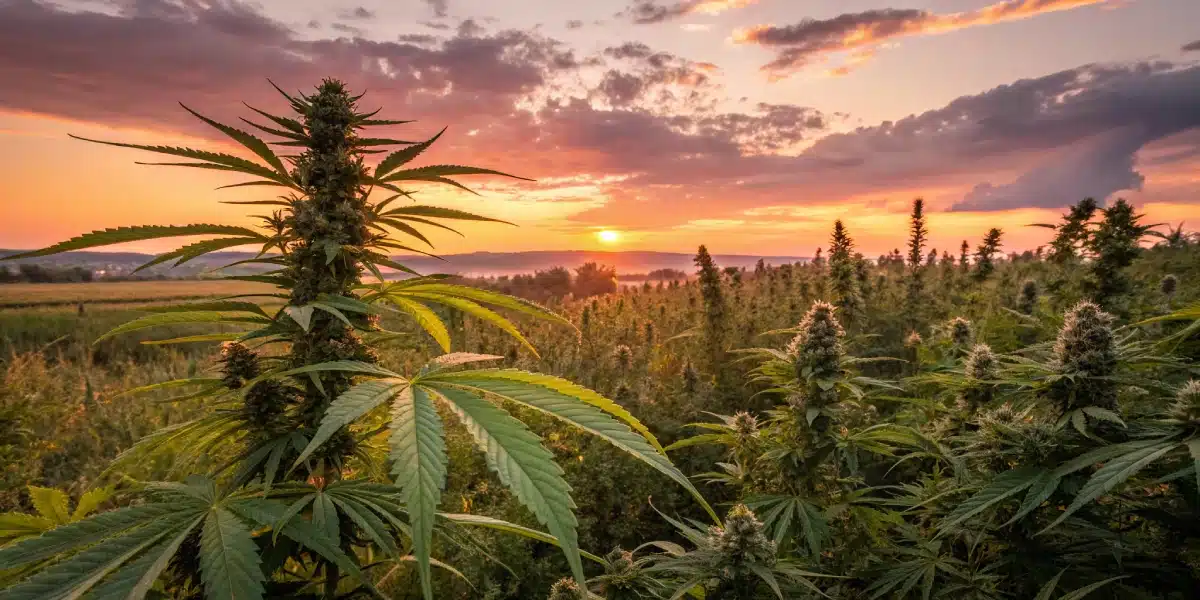
When Does Flowering Start Outdoor? Outdoor Cultivation Techniques for Enhanced Yield
Successful outdoor cannabis cultivation requires blending traditional know-how with modern techniques. Balancing natural elements with precise care schedules is crucial during the flowering phase.
Training techniques such as low-stress training, selective defoliation, and strategic pruning can optimize both light exposure and airflow around budding sites.
When Does Flowering Start Outdoor? Training and Pruning Best Practices
Precision in training and pruning during the flowering phase encourages even light distribution and robust bud formation. These methods help the plant channel more energy toward producing quality buds.
Regular pruning also minimizes the risk of mold and mildew in humid conditions, leading to a healthier overall yield.
Integrating Pest and Disease Management During Flowering
As environmental conditions fluctuate, the risk of pest infestations and diseases increases during flowering. Timely preventive measures are essential to protect the plants.
Regular inspections, preventive treatments, and prompt removal of affected areas form part of an effective management plan.
When Does Flowering Start Outdoor? Implementing Preventive Measures
Adopting preventive strategies during the flowering phase ensures that potential issues are addressed early. Natural pesticides, companion planting, and organic fungicides can play an important role.
Staying proactive in pest management helps safeguard crops against adverse conditions during this critical phase.
Gardening Inspiration and Strain Highlights
Every outdoor grower has favorite strains that thrive under natural conditions while offering unique benefits. For example, many seasoned cultivators incorporate Super Boof Auto for its vigorous growth and resilience during flowering.
Other popular strains include the robust Fat Bastard Strain and the whimsically flavored Bubble Gum Sherb Strain Seeds, each adding character and strength to the garden.
FAQs
How can I accurately predict the outdoor flowering onset?
Outdoor growers can monitor day length using a calendar and light meter while keeping an eye on temperature shifts. Detailed observations over time help refine these predictions.
Maintaining a journal of daily environmental data can further aid in confirming the optimal transition period.
Are there regional differences, for instance between Ohio and New York?
Yes, environmental factors like temperature, humidity, and day length cause variations. In Ohio, flowering may begin earlier, while New York’s cooler climate can delay the onset.
Gardeners should tailor their practices to the specific seasonal shifts of their region.
What adjustments are recommended once flowering begins?
Once early signs appear, it is important to modify nutrient schedules, watering routines, and pest management practices. Reducing nitrogen and increasing phosphorus and potassium supports bud formation.
Regular monitoring and timely interventions ensure a smooth transition and ultimately yield high-quality buds.




